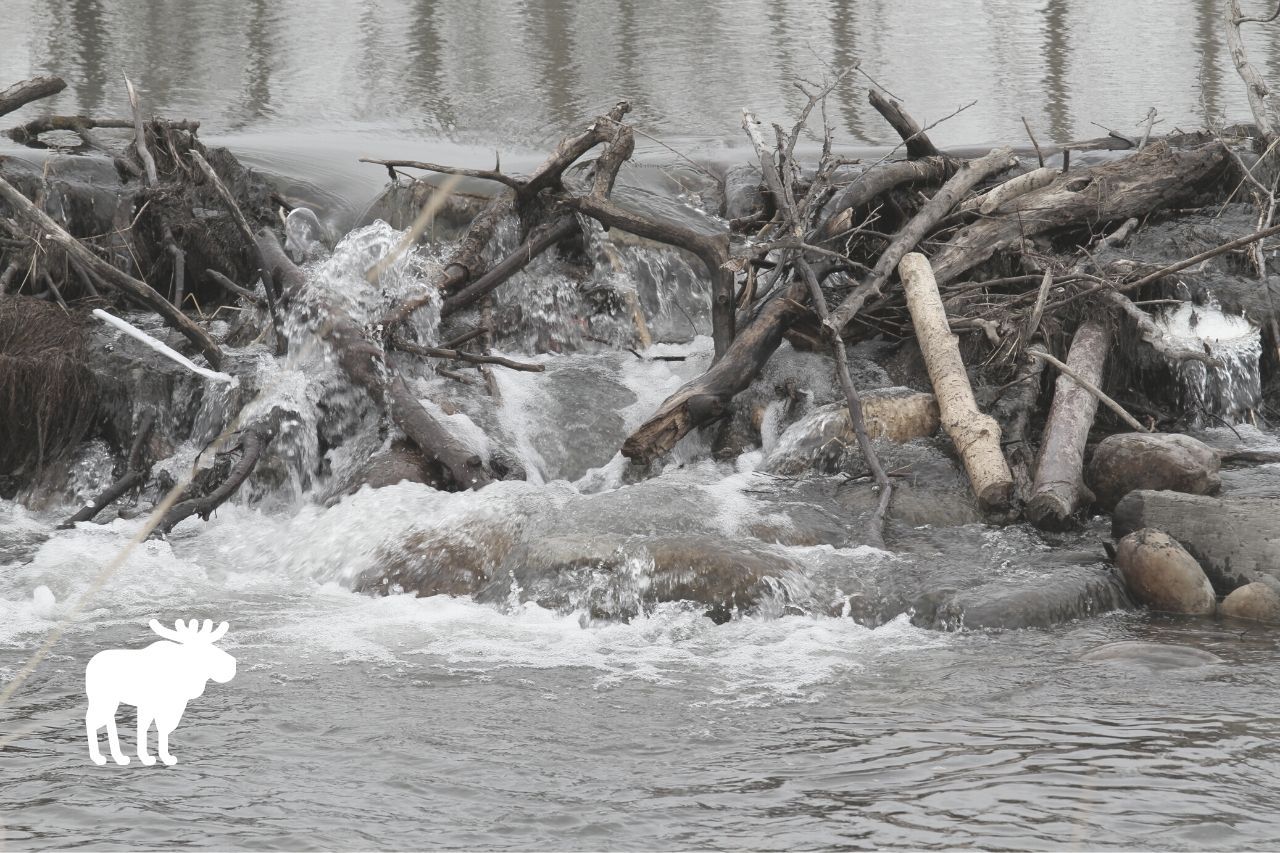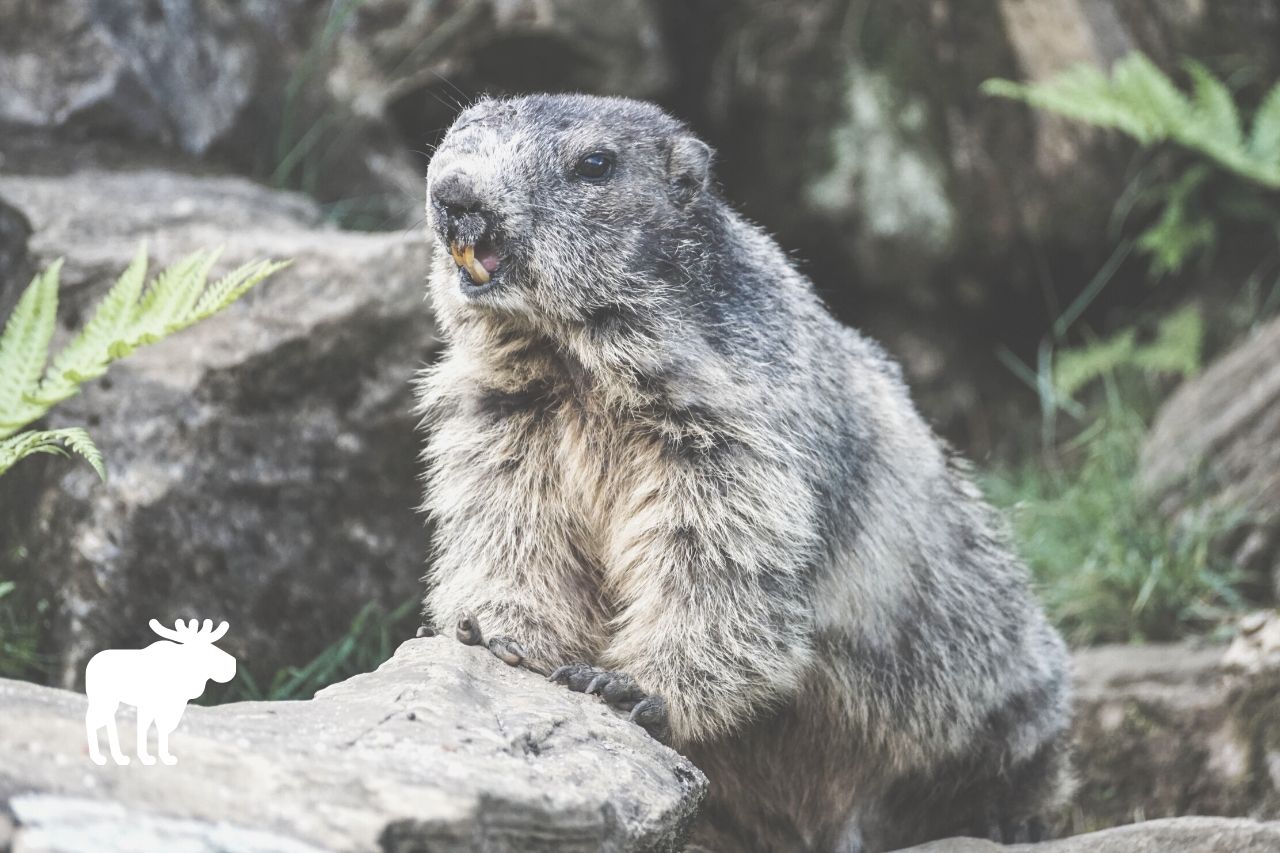Beavers are known for the dams they create, but you may not know that these dams have a significant impact on the land and wildlife around them. So, how do beaver dams affect the environment? Do they create positive or negative impacts? And how would things change if beavers were to go extinct? In this article, we’ll answer all of these questions.
What You'll Learn Today
Why Do Beavers Build Dams?

You may think that beavers build dams for homes, and you would be partially correct. Beaver dams do play a large role in a beaver’s home environment, but not in the way you might expect.
Beavers don’t actually live in the dams they build; instead, they build them to create ponds of deeper water. Then, they build a lodge in the center of the water, where predators have a much harder time reaching them.
Beavers live in these lodges. The lodges have their foundation on the pond floor and extend several levels upward, eventually appearing above the water level.
Like beaver dams, the lodges are built of logs, rocks, and other natural materials. Beavers create underwater tunnels leading to and from their dams and lodges; these tunnels give them the best chance of escaping in cases of danger.
So, are the dams just there to hold the water in place? Do they have any other purposes?
Beavers typically create hollows and passages inside their dams, so they are able to come and go as they please. Sometimes they will use their dams to hide from predators such as bears, wolves, and river otters.
Sometimes, beavers will also use their dams as places of temporary shelter from sudden storms. During the summer and fall, they will hide stashes of food inside the dam, preparing for possible food shortages during the winter.
Check out the following video to learn more about why beavers build dams.
How Do Beavers Affect Their Environment?
Beavers are often considered a keystone species–they play a huge role in their local environments and ecosystems.
Beavers have many different effects on the environment, some positive and some negative. The important takeaway is that beavers have an important place not only in the animal kingdom but in the ecosystems they inhabit as well as the overall environment.
Are Beaver Dams Bad for the Environment?
In a large-scale, overall sense, beavers are not bad for the environment–in fact, they are highly beneficial. That said, in some areas, their dams may cause some regional problems.
In areas with a lot of beavers, the population may have to be managed to prevent the extinction of certain fish, unwanted structural changes to ponds and streams, and weakening of man made dams.
What are the Negative Effects of Beaver Dams?
Some local problem that may be caused specifically by beaver dams are as follows:
- Beaver dams can interfere with fish migrations: In some places, certain species of fish migrate between large lakes and breeding grounds. If beavers build dams along the migratory routes, these fish may not be able to get through, which in turn can affect their reproduction and reduce their numbers.
- Beaver dams may cause flooding: The primary reason beavers build dams is to dam up streams and rivers to create areas of standing water. Obviously, there are areas where this could cause flooding problems.
Even if it hasn’t rained recently and the water levels are fairly low, having a beaver dam redirect water into low-lying areas can cause structural damage as well as changes to the local ecosystem. The damage may be even worse during rainy periods.
- Beaver dams may affect water temperature: According to KingCounty.Gov, average water temperatures are nearly 5 degrees Fahrenheit cooler downstream from a beaver dam. While this can sometimes be viewed in a positive light, it can also impact what types of fish and other wildlife are able to live downstream of beaver dams.
Benefits of Beaver Dams
Of course, as noted above, beavers also produce many beneficial effects on the environment. These effects include:
- Beaver dams create new wetland areas: By creating new pools of water, beaver dams can attract a variety of new flora and fauna into the area. These ponds can also prevent flooding by collecting large amounts of water and slowing down what is lost in runoff.
- Beaver dams allow for woodland diversity: because of all the species of animals that thrive around wetlands, beaver dams promote biodiversity in the local ecosystem.
- Beaver dams filter the water: As water drains through the filter-like weave of the dam, much of the sediment and debris is strained out. This leads to a source of purer, cleaner water downstream from the dam.
- Beaver dams help protect the land in the face of climate change: Beaver dams help to reduce erosion by storing more water and reducing runoff. The ponds they create also store carbon, keeping it from being released in large quantities into the air.
What Would Happen if Beavers Went Extinct?

Since beavers have such an impact on the ecosystems they inhabit, the world would be a much different place without them.
Some areas would become choked with too many trees, as there would no longer be the beavers to thin out the trees and create space for new trees. The most aggressive plants would dominate the area, which would become overgrown within a matter of seasons.
This would lead to less diversity of species. Some species that depend on beavers and their dams, such as many kinds of birds, would probably suffer endangerment or have to find ways to adapt to a different environment.
Conclusion
Beavers have many important roles to play in wildlife (and they can even find a way to your yard). The dams they create can change the face of the land by causing the water from streams and rivers to pool, leading to the formation of ponds and wetlands.
Because many different species of animals rely on beaver dams and the wetland areas they create, beavers can lead to the formation of a more diverse ecosystem. They can even reduce erosion from water runoff and store carbon in the ponds they create.
The article is very informative. I’ve never known that beavers are so important for the environment.
How do beaver ponds store carbon? Trees decay in the flooded woodlands releasing carbon as do the trees beavers cut down.